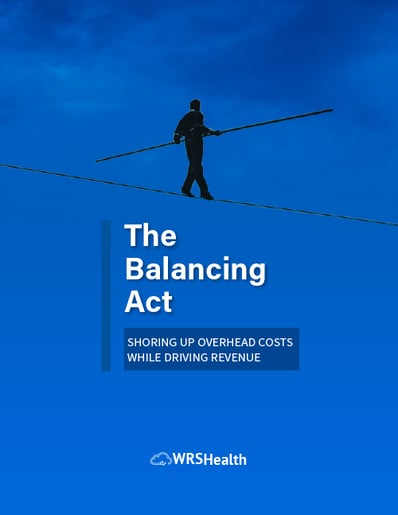With inflation expected to continue for the next several years as the economy continues to recuperate from the pandemic effect, what can you do to take control?

Overhead costs can now range from 60% to 70% of revenue depending on the region and state in which you operate. That’s a percentage of revenue that doesn’t go into your pocket.
What are the cost-cutting opportunities and when does it make sense to invest more? Identifying cost-cutting opportunities depends to a large extent on the type of practice you have and the region of the country in which you operate.
In The Balancing Act guide, we looked at these top 3 cost drivers in most independent medical practices to help create a plan of action:
